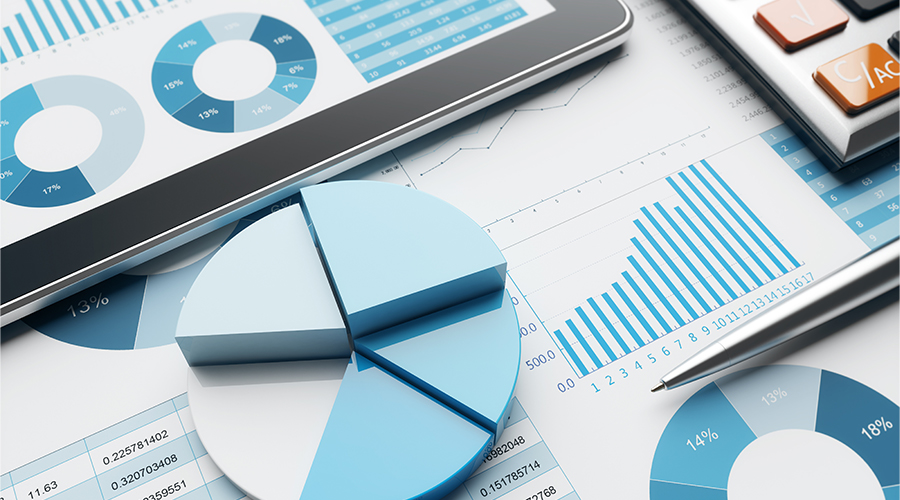Building a Real-Time ODK Monitoring System in Power BI & Tableau

Collecting data is only half the battle—monitoring it in real time is where the magic happens. After working with NGOs and researchers struggling with delayed insights, I designed an automated system that turns ODK Central submissions into live dashboards with alerts, trend tracking, and data quality checks.
In this guide, I’ll show you how to:
✔ Set up real-time data refreshes (no manual exports!).
✔ Build automated alerts for critical responses.
✔ Create trend analysis to spot issues early.
Step 1: Set Up Real-Time Data Pipelines
Option 1: Power BI + ODK Central API (Auto-Refresh)
- Use the REST API method from Part 1 (with scheduled refresh).
- Enable DirectQuery (for near-real-time updates):
- In Power BI Desktop:
- Home → Transform Data → Data Source Settings → Set to DirectQuery.
- In Power BI Service:
- Schedule refresh every 15-30 mins.
- In Power BI Desktop:
Option 2: Tableau + ODK OData (Live Connection)
- Connect via OData (as shown earlier).
- Publish to Tableau Server/Online and set refresh intervals.
⚠ Limitation: ODK Central doesn’t push data—refreshes are pull-based.
Step 2: Build Key Monitoring Metrics
A. Response Tracking
- Metric: Submissions per day/hour.
- Power BI: DAXCopyDaily_Submissions = COUNTROWS(GROUPBY(Data, Data[SubmissionDate]))
- Tableau:
- Drag
SubmissionDateto columns → set to day/hour. - Drag
SubmissionIDto rows → set to COUNTD.
- Drag
B. Data Quality Alerts
- Example: Flag surveys with:
- Missing GPS.
- Outlier values (e.g., a “300-year-old” respondent).
- Power BI:
- Create a conditional column: Copyif [Age] > 120 then “Invalid Age” else “OK”
- Tableau:
- Use calculated fields with
IF/THENlogic.
- Use calculated fields with
C. Geospatial Monitoring
- Plot clusters of submissions on a map.
- Power BI: Use the ArcGIS Maps visual.
- Tableau: Drag latitude/longitude to Marks → Map.
Step 3: Automated Alerts & Notifications
Power BI (Using Power Automate)
- Set up a flow to email stakeholders when:
- Submissions drop below a threshold.
- A critical response (e.g., “Disease outbreak”) is detected.
- Tutorial: Power BI + Power Automate Alerts.
Tableau (Using Tableau Server Subscriptions)
- Create a dashboard with alert metrics.
- Subscribe users to daily/weekly snapshots.
Step 4: Advanced Analytics (Trends & Predictions)
A. Detect Anomalies
- Power BI: Use the “Anomaly Detection” feature in line charts.
- Tableau: Use Tableau Pulse (AI-driven alerts).
B. Forecast Submission Rates
- Power BI:
- Enable “Forecast” in line charts.
- Tableau:
- Use Explain Data for trend insights.
Real-World Example: Pandemic Response
I used this system to:
- Track vaccine uptake in rural clinics.
- Trigger SMS alerts when stockouts were reported.
- Reduce response time from days to minutes.
Final Thoughts
A real-time ODK monitoring system turns passive data into active decisions. Start small (auto-refreshes + basic alerts), then scale up.